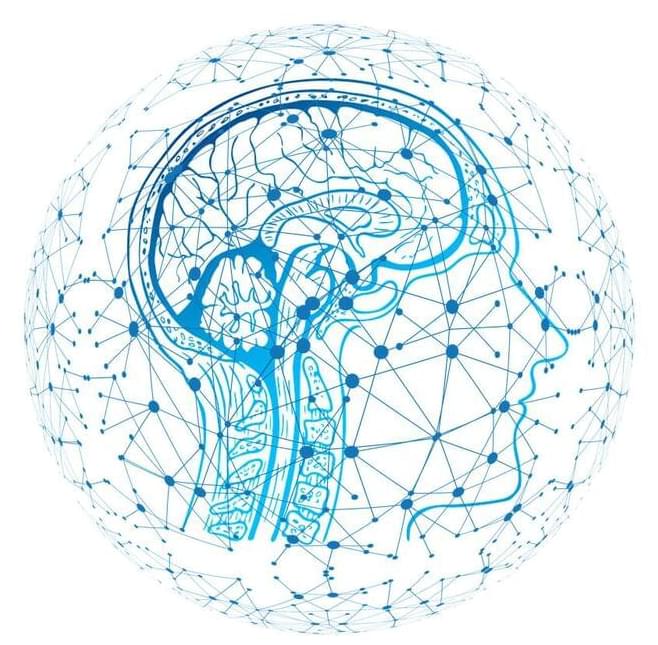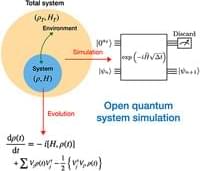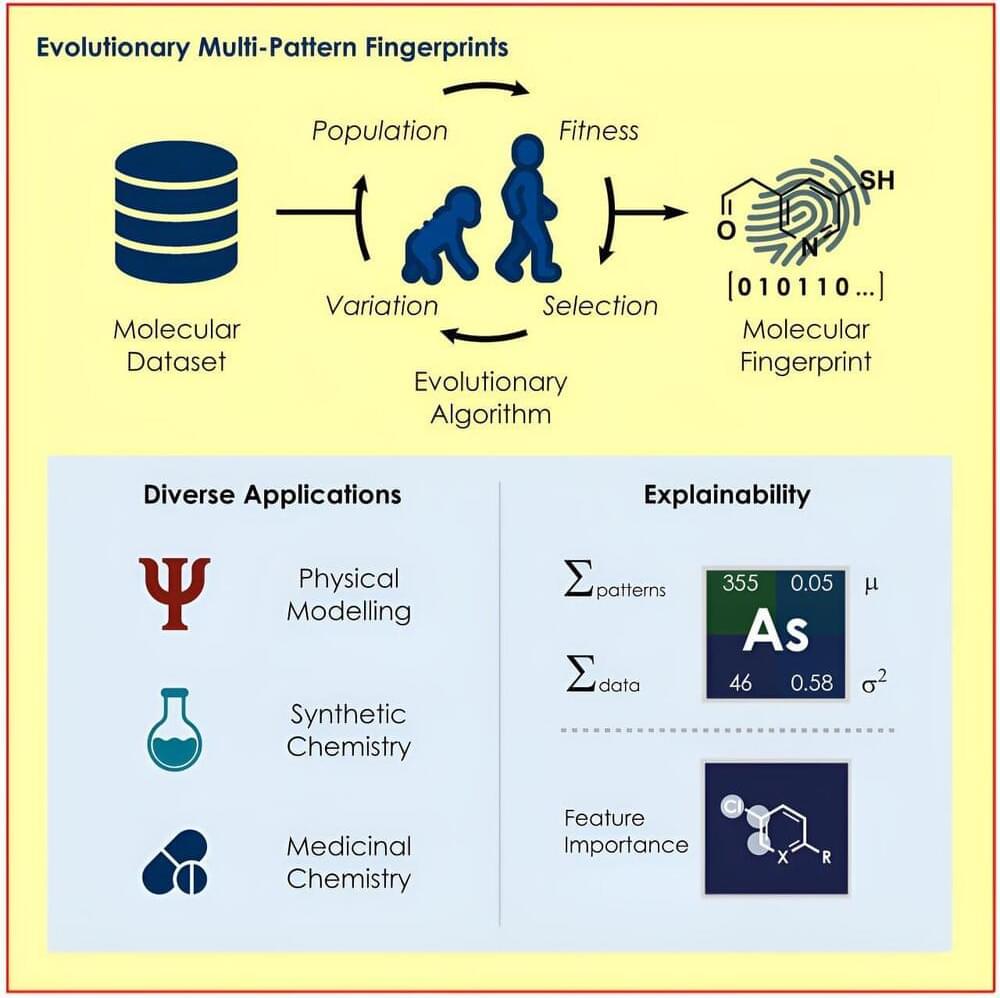Archive for the ‘information science’ category: Page 31
May 14, 2024
Optimizing Machine Learning Controllers with Digital Twins
Posted by Laurence Tognetti, Labroots Inc. in categories: information science, internet, mapping, robotics/AI
“Big machine learning models have to consume lots of power to crunch data and come out with the right parameters, whereas our model and training is so extremely simple that you could have systems learning on the fly,” said Robert Kent.
How can machine learning be improved to provide better efficiency in the future? This is what a recent study published in Nature Communications hopes to address as a team of researchers from The Ohio State University investigated the potential for controlling future machine learning products by creating digital twins (copies) that can be used to improve machine learning-based controllers that are currently being used in self-driving cars. However, these controllers require large amounts of computing power and are often challenging to use. This study holds the potential to help researchers better understand how future machine learning algorithms can exhibit better control and efficiency, thus improving their products.
“The problem with most machine learning-based controllers is that they use a lot of energy or power, and they take a long time to evaluate,” said Robert Kent, who is a graduate student in the Department of Physics at The Ohio State University and lead author of the study. “Developing traditional controllers for them has also been difficult because chaotic systems are extremely sensitive to small changes.”
Continue reading “Optimizing Machine Learning Controllers with Digital Twins” »
May 14, 2024
MIT’s new AI tech could make limbless, slimy, squishy robots a reality
Posted by Gemechu Taye in categories: information science, robotics/AI
A novel algorithm enables robots to flexibly squish, bend, or stretch for tasks such as obstacle avoidance or item retrieval.
May 13, 2024
Researchers publish largest-ever dataset of neural connections
Posted by The Neuro-Network in categories: biotech/medical, information science, robotics/AI
Scientists have published the most detailed data set to date on the neural connections of the brain, which was obtained from a cubic millimeter of tissue sample.
A cubic millimeter of brain tissue may not sound like much. But considering that that tiny square contains 57,000 cells, 230 millimeters of blood vessels, and 150 million synapses, all amounting to 1,400 terabytes of data, Harvard and Google researchers have just accomplished something stupendous.
Led by Jeff Lichtman, the Jeremy R. Knowles Professor of Molecular and Cellular Biology and newly appointed dean of science, the Harvard team helped create the largest 3D brain reconstruction to date, showing in vivid detail each cell and its web of connections in a piece of temporal cortex about half the size of a rice grain.
Continue reading “Researchers publish largest-ever dataset of neural connections” »
May 12, 2024
Meta Just Achieved Mind-Reading Using AI
Posted by Jeremy Dylan Batterson in categories: biotech/medical, information science, robotics/AI
ALGORITHMS THAT DECODE IMAGES A PERSON SEES OR IMAGINES will enable visual representations of dreams a sleeper is having, and give deeper insights into emotionally disturbed or mentally ill patients.
Go to a href= https://brilliant.org/coldfusion
May 11, 2024
Simulating Open Quantum Systems Using Hamiltonian Simulations
Posted by Dan Breeden in categories: computing, information science, quantum physics
Nice.
A novel quantum algorithm, which exploits the relation between the Lindblad master equation, stochastic differential equations, and Hamiltonian simulations, is proposed to simulate open quantum systems on a quantum computer.
May 11, 2024
Evolutionary algorithm generates tailored ‘molecular fingerprints’
Posted by Dan Breeden in categories: chemistry, information science, robotics/AI
A team led by Prof Frank Glorius from the Institute of Organic Chemistry at the University of Münster has developed an evolutionary algorithm that identifies the structures in a molecule that are particularly relevant for a respective question and uses them to encode the properties of the molecules for various machine-learning models.
May 10, 2024
Controlling chaos using edge computing hardware: Digital twin models promise advances in computing
Posted by Saúl Morales Rodriguéz in categories: information science, robotics/AI
Systems controlled by next-generation computing algorithms could give rise to better and more efficient machine learning products, a new study suggests.
May 9, 2024
Microscopic Brain Tissue Map Reveals Vast Neural Networks
Posted by Genevieve Klien in categories: biotech/medical, information science, robotics/AI
Summary: Researchers created the largest 3D reconstruction of human brain tissue at synaptic resolution, capturing detailed images of a cubic millimeter of human temporal cortex. This tiny piece of brain contains 57,000 cells, 230 millimeters of blood vessels, and 150 million synapses, which amounts to 1,400 terabytes of data.
This research is part of a broader effort to map an entire mouse brain’s neural wiring, with hopes of advancing our understanding of brain function and disease. The technology combines high-resolution electron microscopy and AI-powered algorithms to meticulously color-code and map out the complex neural connections.
May 9, 2024
Old electric-vehicle batteries can find new purpose — on the grid
Posted by Shailesh Prasad in categories: energy, health, information science, transportation
An algorithm can monitor the health of retired vehicle batteries used to store surplus power fed into the electrical grid.

















